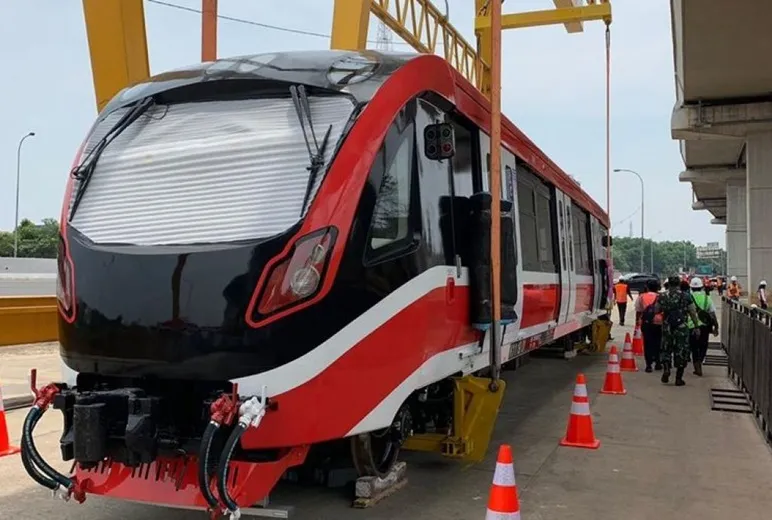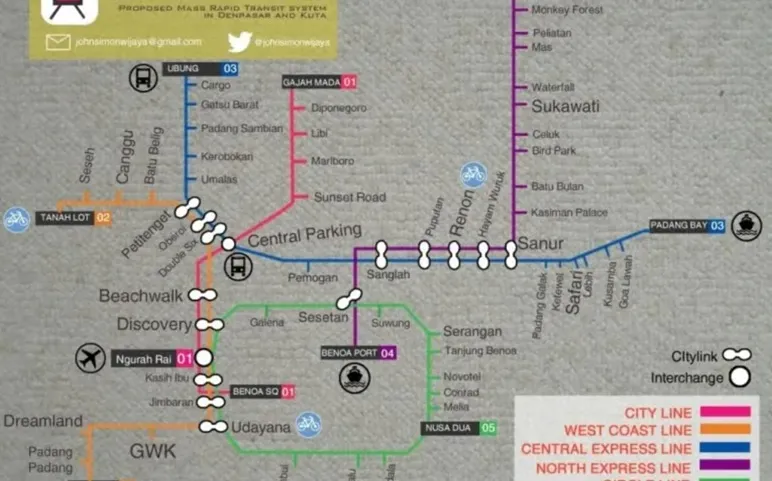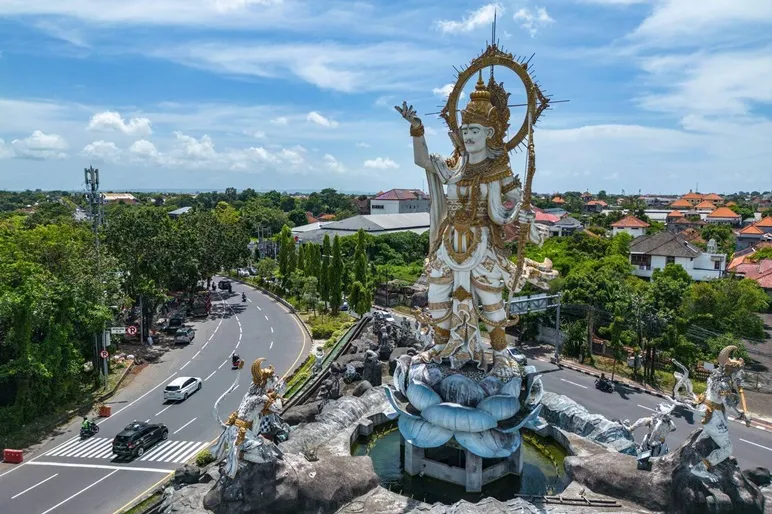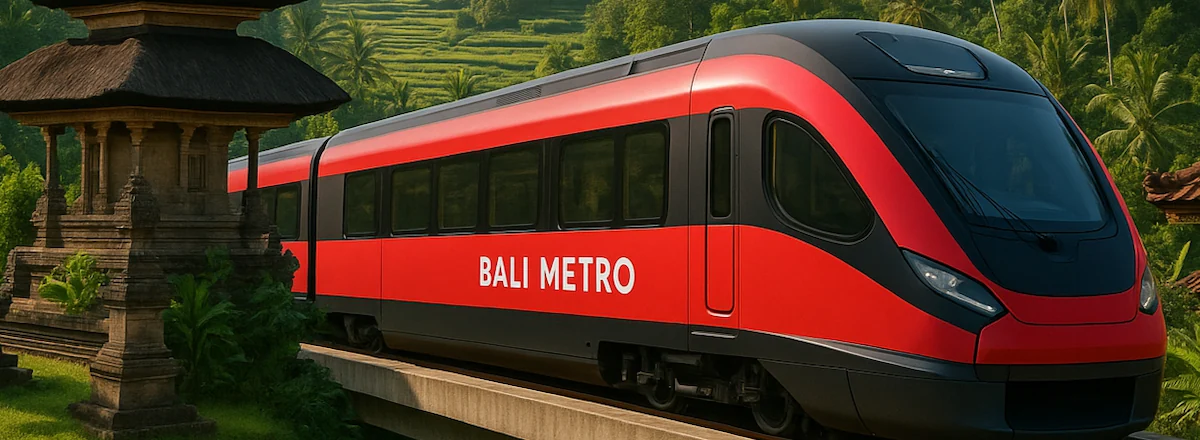In a bold move to tackle Bali’s deep-rooted transportation and tourism challenges, Indonesia has officially launched the monumental US$20 billion Bali Metro project—a sweeping urban transit initiative poised to redefine the island’s mobility landscape. Designed with both immediate impact and long-term sustainability in mind, the Bali Metro aims to ease chronic traffic congestion, mitigate the downsides of mass tourism, and usher in a new era of eco-conscious development.
This massive infrastructure project aims to reshape Bali’s future through sustainable transit and smarter tourism
Spanning key hubs including Denpasar, Kuta, and Ubud, the project will comprise a mix of underground and elevated rail lines. More than a mere transportation upgrade, it signals a transformative shift in how locals and visitors navigate Bali—long plagued by overcrowded roads and mounting environmental pressures.

A Strategic Pivot Toward Smart, Sustainable Transit
Bali’s traffic congestion has reached a tipping point in recent years, exacerbated by an ever-growing influx of tourists. With over 5 million international visitors annually—pre-pandemic numbers that are rapidly rebounding—the island’s infrastructure has struggled to keep pace.
Enter the Bali Metro: a system designed not only for efficiency but for environmental stewardship. By offering a low-emission alternative to cars and motorbikes, the metro is projected to significantly reduce the island’s carbon footprint. It also supports Indonesia’s broader sustainability agenda, aligning with global climate goals and tourism reforms.
Crucially, the metro is expected to divert heavy tourist traffic away from vulnerable cultural and natural zones, protecting sacred temples, rice terraces, and coastal ecosystems from overuse and degradation.

Economic Catalyst or Cultural Disruption?
The economic implications are just as significant. Infrastructure investment on this scale is a powerful stimulus for local job creation, business development, and real estate uplift. Experts predict the metro could become a game-changer for Bali’s economy, unlocking new growth corridors and decentralizing tourism activity away from oversaturated areas.
However, such sweeping change raises important questions. Will Bali’s unique cultural identity be preserved amid rapid modernization? How will traditional communities adapt to the influx of new infrastructure, and what safeguards are in place to ensure inclusive development?
The government maintains that the Bali Metro project is being carried out with “sensitivity to local customs and heritage,” although detailed community impact assessments are still unfolding.

Timeline and Outlook
With construction projected to span several years, the Bali Metro will not be an overnight fix—but rather a long-term commitment to structural reform. Initial development will prioritize the island’s busiest corridors, with phased expansions planned to reach more remote areas.
By 2030, officials envision a fully operational system that seamlessly connects Bali’s urban centers with cultural landmarks and tourist hotspots, offering a smoother, greener travel experience.
At its core, the Bali Metro represents a rethinking of what Bali should be—not just a tourist haven, but a livable, sustainable, and resilient island that serves both residents and visitors. It’s a call to rebalance the island’s prosperity with its well-being.




 Billy Bagus
Billy Bagus
 May 09, 2025
May 09, 2025






